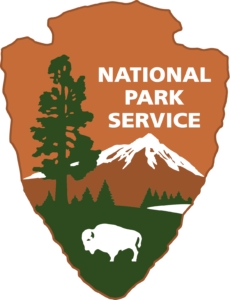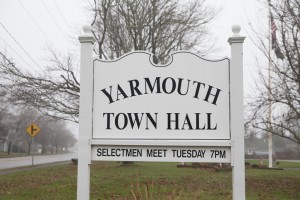 Cape Cod is a favorite spot for biking, but as cars flood the roadways each summer at the height of tourist season, the bicyclists face increasing dangers.
Cape Cod is a favorite spot for biking, but as cars flood the roadways each summer at the height of tourist season, the bicyclists face increasing dangers.
The Cape Cod Rail Trail is a respite from the mad rush.
This 22-mile bikeway runs through the beautiful Mid and Lower Cape towns of Dennis, Harwich, Brewster, Orleans, Eastham and Wellfleet. Enjoy feeling like a little locomotive with wheels as you cruise this former railroad line through some of the most picturesque sights on Cape Cod.
Watch the scenery evolve from downtown Dennis to the more agricultural areas of Harwich and kettle ponds of Brewster.
The further you ride, the more opportunities you’ll have to pull over and make a stop at one of the fantastic beaches which boarder parts of the route.
The Cape Cod Rail Trail’s Route
A full map is available on the MA Energy and Environmental Affairs website.
Allow for a few hours of leisurely riding, not including long, sandy pit stops. Also, don’t forget to wear a helmet! It’s the law for those under 16, but definitely a wise move for any rider.
Parking for the Cape Cod Rail Trail
Parking at Nickerson State Park will vary in price from $2 to $6, while free parking is available at the following locations:
The trailhead at Route 134 in South Dennis
Headwaters Drive in Harwich
Route 137 in Brewster
Orleans Center
Cape Cod National Seashore at the Salt Pond Visitors Center in Eastham, one-half mile from the Locust Road intersection with the trail
National Seashore at Marconi Area
The trailhead at LeCount Hollow Road in South Wellfleet
Where to Stop Along the Cape Cod Rail Trail
The Cape Cod Rail Trail offers many opportunities to veer off the beaten path for a sandy stop at the beach. At the beginning of the trail, make a detour to West Dennis Beach, which sits at the mouth of the Bass River, to see one of the premier Nantucket Sound beaches. When you arrive, note that the east end of the parking lot is reserved for residents only, so you’ll want to lock your bike up on the west end of the lot before staking out a spot. The lot comes right up to the edge of the beach, so you won’t have to walk far to find a place to unfurl your towel.
While West Dennis Beach is one of the town’s most popular beaches, it rarely feels crowded because of how large it is. The fine sand stretches for exactly one mile, giving patrons plenty of room to stretch out. Its vastness is important, since one end of the beach is closed from time to time during the summer due to nesting piping plovers that can’t be disturbed. Since it’s the bayside, the water at West Dennis Beach is chillier than at the oceanside beaches, but the calmness makes it a perfect place to swim. Out of the ocean, enjoy the well-equipped concession stand that is open during the day from Memorial Day to Labor Day.
The Cape Cod Rail Trail’s unpaved shoulder is wide enough to accommodate horseback riders, walkers and runners. This feature, combined with plenty of shade, makes for perfect dog walking.
Food and water are also available throughout the trail, and public restrooms can be found at Nickerson State Park, Salt Pond Visitors Center at Cape Cod National Seashore and the National Seashore Headquarters.
The Salt Pond Visitor Center is definitely a great place for nature enthusiasts to stop. The facility explores Cape Cod’s glacially-formed natural history and examines the lives of the region’s First People.
You’re very likely to work up a hefty appetite with all that bicycling. Try a stop at Karma Food and Wellness (2628 Main Street, Brewster), The Hole in One (98 MA-6A, Orleans), or the Rock Harbor Grill (18 Old Colony Way, Orleans).
History of the Cape Cod Rail Trail
The first train tracks from Boston to Cape Cod were laid by 1848, only going as far as Sandwich. By 1873, it was extended all the way to Provincetown. The Cape Cod Rail Trail is comprised of part of those original track sites.
The Cape Cod Canal and the rise of the automobile spelled significantly lower train ridership and eventually created a new era of tourism on Cape Cod – one filled with vehicle traffic.
The need for a dedicated bike path became clear, and in the 1970s the former railroad was purchased and ripped up by the state Department of Recreation and Conservation.























